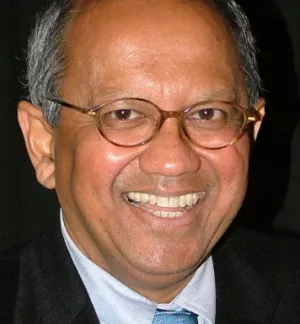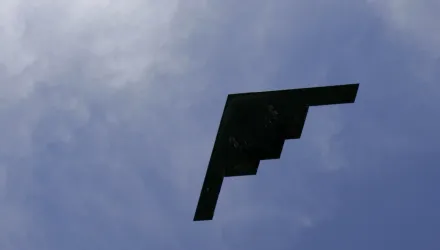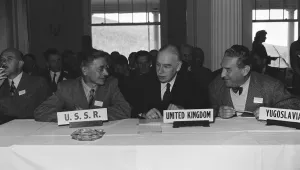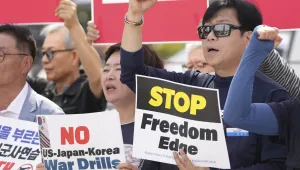International Security is America's leading peer-reviewed journal of security affairs.
Abstract
May 1998 signaled a major turning point in the nuclear arms race in South Asia. Šumit Ganguly of the City University of New York cites three factors that combined in setting the stage for India's decision to detonate five nuclear devices on May 11 and 13: political choices made over the last fifty years, reflecting a mix of ideological and pragmatic concerns; a long-held desire by influential members of the Indian scientific establishment to make India a nuclear weapons state; and an increasing perception of threat from China and Pakistan as well as the lack of security guarantees from states friendly to India.
Ganguly, Sumit. “India's Pathway to Pokhran II: The Prospects and Sources of New Delhi's Nuclear Weapons Program.” Spring 1999
The full text of this publication is available in the link below.





